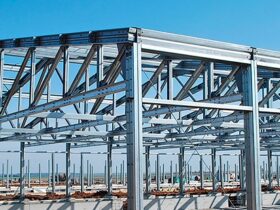During the 1959 All -Union Census, an interesting study was conducted that determined the composition of the pendulum migrants (as migration participants, in this case, residents of suburbs constantly traveling to the city and vice versa) in the floor, age, professions, qualifications.
For example, a large industrial center of Ukraine was taken – the city of Kharkov.
There were only 178 women for every thousand men, while there were 250 women in Kharkov’s permanent population of Kharkov. Apparently, the city “dictated” its will to the suburbanists in order to somehow compensate for the known flaw in the male population.
It is known that for a number of reasons (this is an improvement in working and everyday life, and a decrease in mortality at all ages, and improving medical care), we have the aging process: the share of elderly ages throughout the population increases. But among pendulum migration, young ages prevail.
Among the suburbs working in Kharkov, more than half has not reached the age of thirty. From this it can already be concluded that 130 thousand suburban people are not just a quantitative addition to Kharkov’s labor balance, these are not just 130 thousand people who spend many time on the road to defend the day at the machine or to sit at the wheel, and this people who are vital for the city, among whom are dominated by men and, most importantly, youth.
The professional composition of pendulum migrants also says a lot: among them, professions that do not require high qualifications prevail. In Kharkov – a huge cultural, industrialized city – the company is easier to find an engineer than a cleaner. Therefore, among migrant suburbs, people of those professions in which the city lacks the city is dominated. So, if, as part of all Kharkiv workers, engineering and technical workers were 11.5 percent, then there were only 4 percent of the suburban people. Among those for whom every work morning begins with a trip to the city, there are a lot of textile workers, Schweinov, transport workers, leather and food industries and, for example, relatively few metallists, all this says that the suburban people are a very peculiar, specific contingent of people functionally dependent on the city.
















Leave a Reply